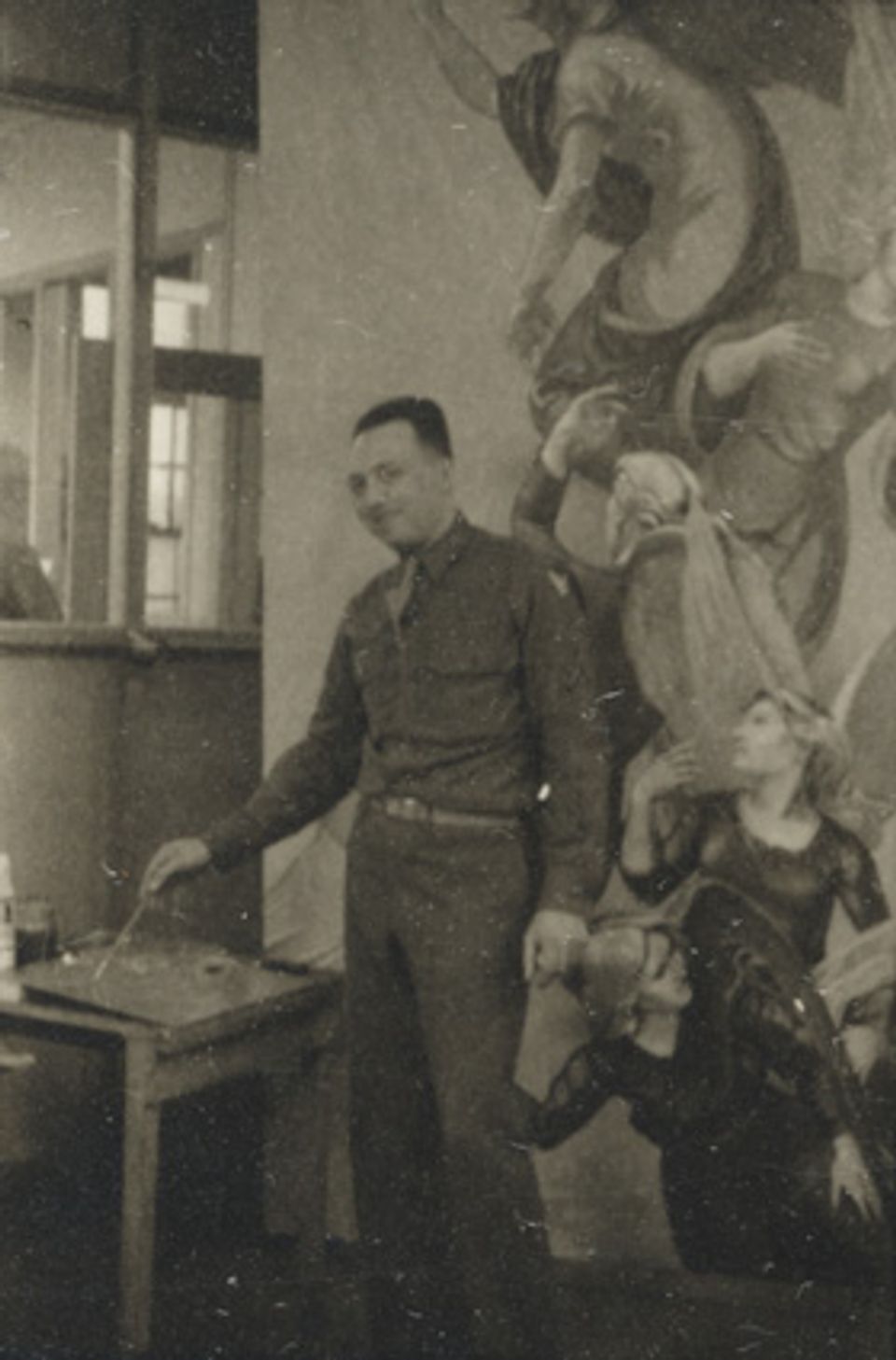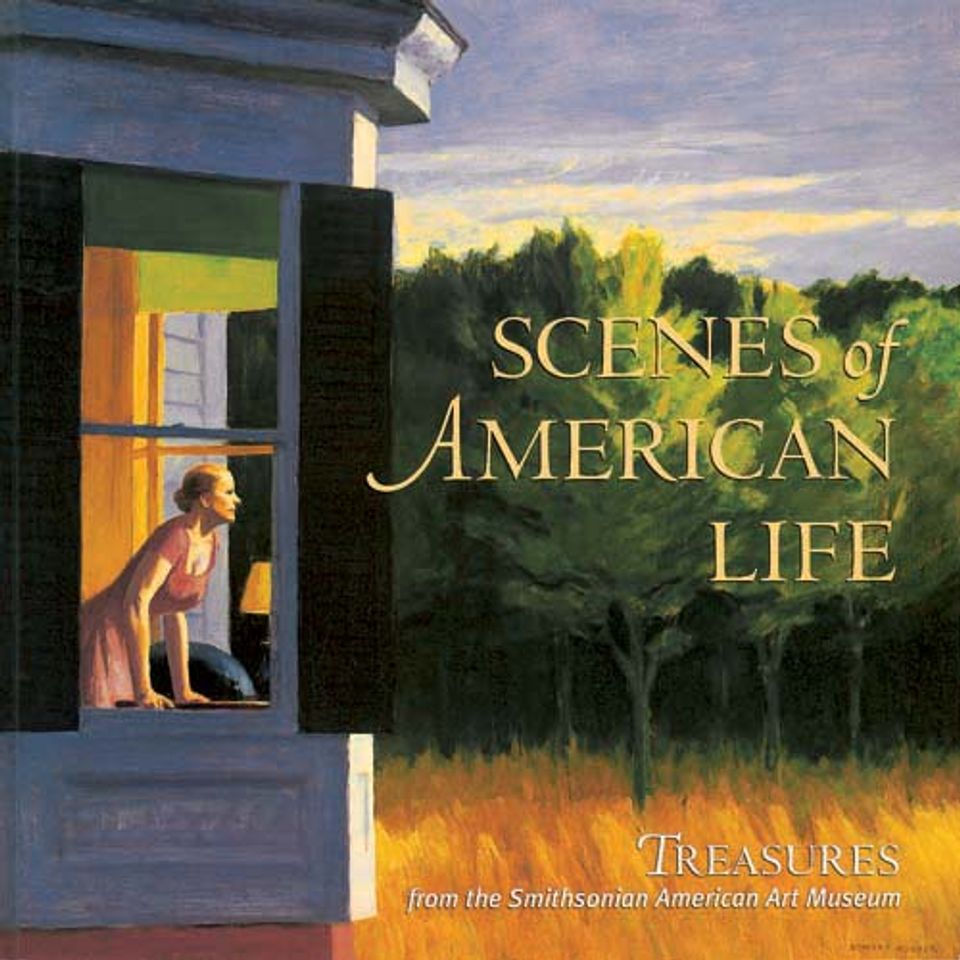O. Louis Guglielmi

- Also known as
- Osvaldo Luigi Guglielmi
- Born
- Cairo, Egypt
- Died
- Amagansett, New York, United States
- Active in
- New York, New York, United States
- Biography
Born in Egypt, brought to New York City in 1914. Artist who worked as a WPA muralist in the 1930s, compassionately portrayed the poor in his own paintings, but later adopted a much more abstract style.
Charles Sullivan, ed American Beauties: Women in Art and Literature (New York: Henry N. Abrams, Inc., in association with National Museum of American Art, 1993)
- Artist Biography
Guglielmi's early childhood was spent in Milan and Geneva. When he was eight his parents (his father was a musician) brought him to the United States. They settled in Harlem. Guglielmi began to attend night classes at the National Academy of Design in 1920, while still attending high school. By 1923 he was a full-time student at the Academy, where he remained until 1926. He met Gregorio Prestopino in a life drawing class and the two first shared an unheated studio, and later moved into better accommodations.
The years after he left school were financially difficult, but the depression proved to be an ideological watershed for him; he found its economic devastation a great stimulus to art. Guglielmi went to New England in 1932, the first of eleven summers he spent at the MacDowell Colony in Peterborough, New Hampshire. Because of his new commitment to social causes, he viewed this year as the beginning of his life as an artist. During summers in New Hampshire, he found both the solitude and social interaction that "helps to form and give direction to our rising native culture," a characterization that echoed the MacDowell's stated purpose when establishing their colony in the first decade of the century. They hoped to unite New England's inspirational beauty with an understanding of the region as the foundation of American culture.
William H. Truettner and Roger B. Stein, editors, with contributions by Dona Brown, Thomas Andrew Denenberg, Judith K. Maxwell, Stephen Nissenbaum, Bruce Robertson, Roger B. Stein, and William H. Truettner Picturing Old New England: Image and Memory (Washington, D.C.; New Haven, Conn; and London: National Museum of American Art with Yale University Press, 1999)> (Washington, D.C.; New Haven, Conn; and London: National Museum of American Art with Yale University Press, 1999)
Luce Artist BiographyO. Louis Guglielmi came to America in 1914 and settled in Harlem. He attended the National Academy of Design, then struggled from one job to another while living with a group of artists in a ramshackle house. He worked for the Works Progress Administration during the 1930s and spent many summers in New Hampshire, where he found the peace and solitude necessary for his painting. Guglielmi’s images of city life expressed the harsh realities of the Depression, showing desolate streets and haggard people. People often viewed his work as unpatriotic, however, and one image caused controversy in 1947 when Look magazine published it with the headline: “Your Money Bought These Paintings.”















